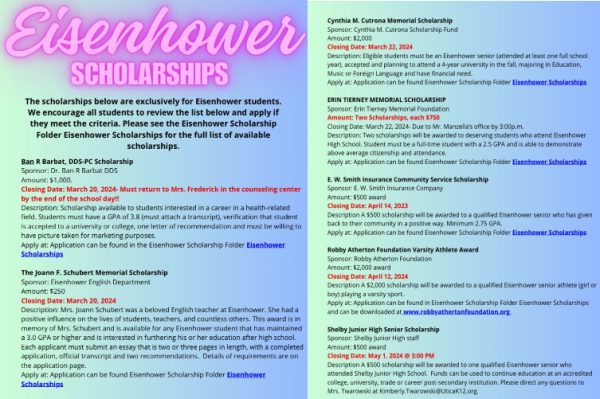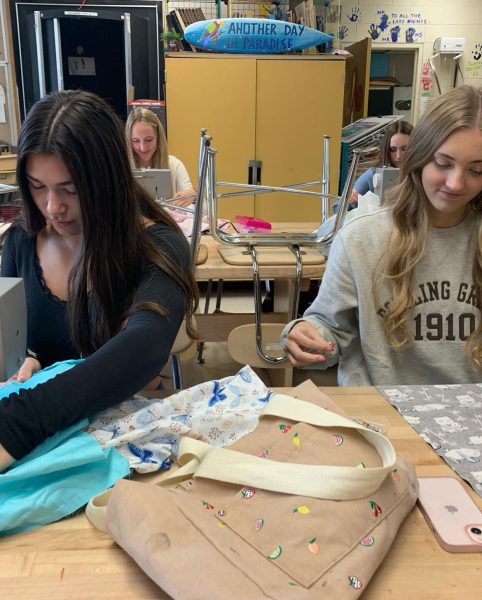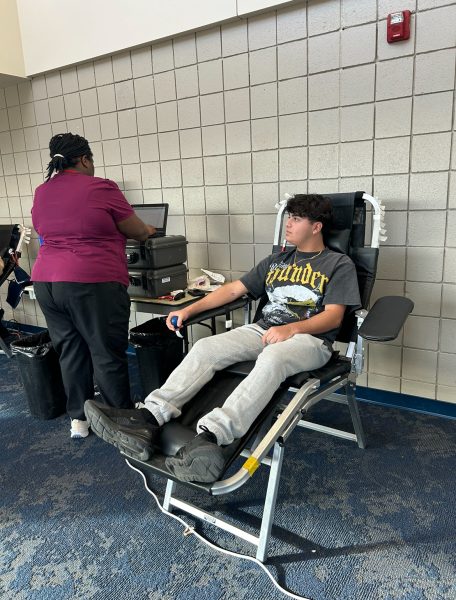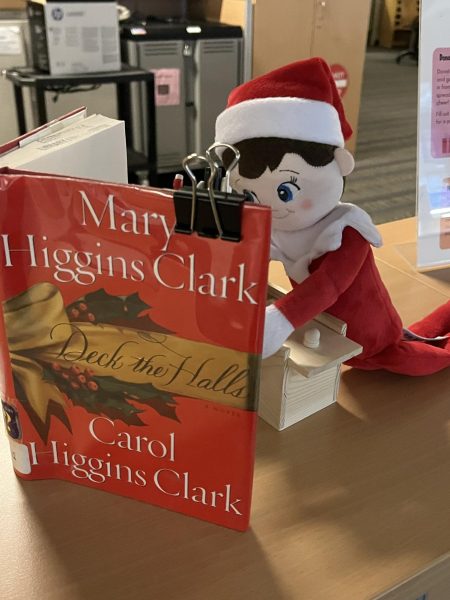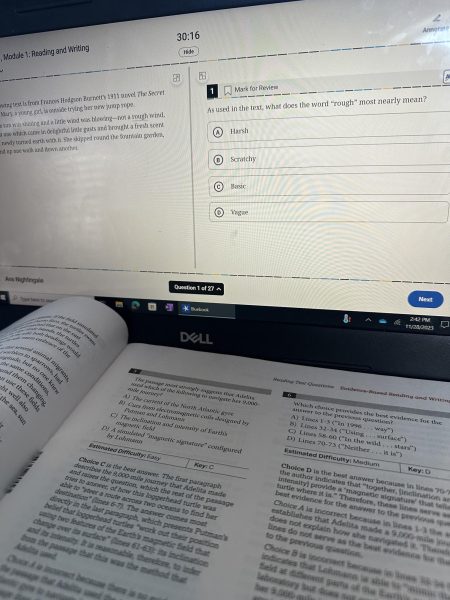Teenagers accumulate absences
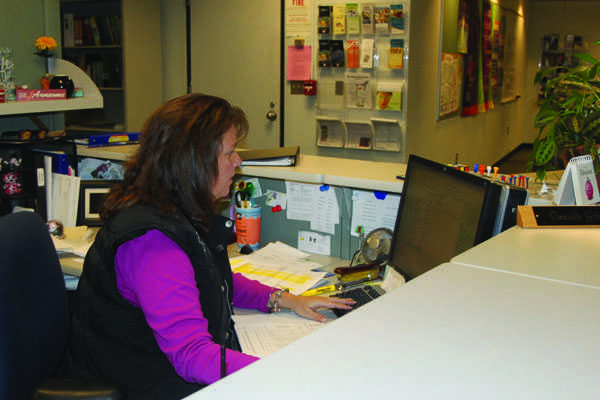
Working on the computer in the counseling office, administrative assistant Danielle Gibbs works on checking the absences for the day and what students need work sent home to work on.
Continuing into the second quarter of the school year, teachers and administrators begin noticing an excess amount of absences among the student body. What students don’t know is the negative effect that excessive amounts of absences can have on the learning experience.
“When students miss school, they fall behind and it can be really hard and stressful to make things up when you don’t have a teacher in front of you going step by step with explanation,” guidance counselor Tom Versele said. “I think what students don’t understand is that teaching yourself is not the same as having a teacher explanation.”
According to the student handbook, any student with three unexcused and seven excused in the same class, or 15 excused absences all together is placed on credit review. When a student is placed on credit review, they jeopardize their ability to graduate on time.
“I try not to miss a lot of school because I know how you can get really behind and may not fully understand something that you missed,” senior Jessica Bean said. “I also don’t want to jeopardize my chances of not graduating on time due to losing credits because of too many absences.”
Up to 15 percent of American children are chronically absent from school, missing at least one day in 10 and doing long-term harm to their academic progress, according to a new study by researchers at Johns Hopkins University.
“If I could say one thing to students about the importance of being in school I would say that students really need to come,” Versele said. “Coming to school should not be something that students hate because school is a place where students should feel safe and a place where they get to be with their friends.”
Your donation will support the student journalists of Eisenhower High School. Your contribution will allow us to purchase equipment and cover our annual website hosting costs.



